Maximize Efficiency: How Ververica's BYOC Deployment Optimizes CAPEX and OPEX
Welcome to the next installment of the Bring Your Own Cloud blog series!
BYOC Blog Series
The first blog of this series introduced Ververica’s Bring Your Own Cloud Deployment option, offering a high-level overview of why BYOC was created and the benefits users can expect when utilizing this deployment option. The second blog explored “The Dilemma” businesses encounter when trying to find an ideal balance to ensure that a chosen deployment provides the appropriate level of flexibility, efficiency and security required. The third blog (split into Part One and Part Two) focused on security, dissecting the Zero Trust design choices Ververica made that future proof Ververica’s Unified Streaming Data Platform BYOC deployment.
This fourth piece tackles efficiency, another component of “The Dilemma,” by exploring how Ververica’s BYOC offering helps businesses to optimize Operational Expenditure (OPEX) and reuse Capital Expenditure (CAPEX) when building data streaming and processing projects.
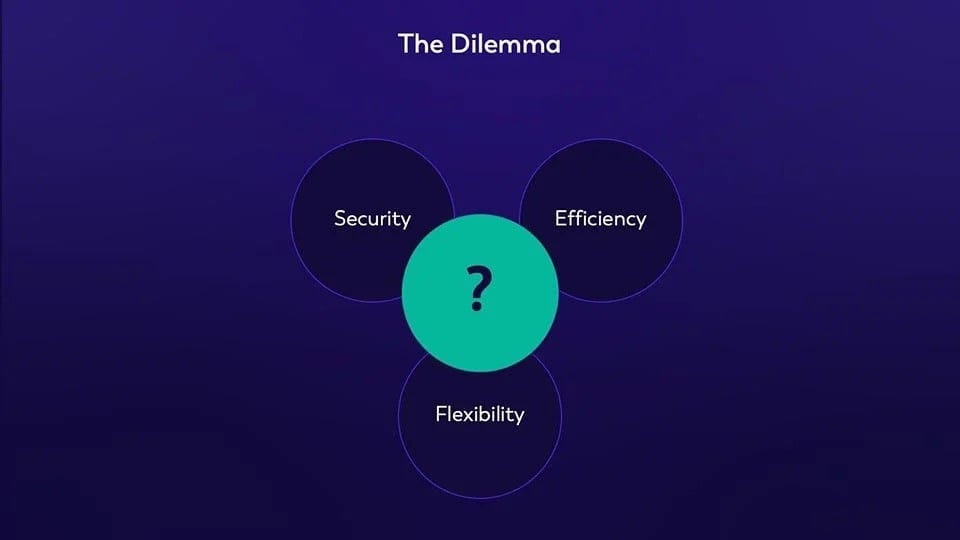
Figure 1: The Dilemma: How to choose a deployment that best balances the needs of security, efficiency, and flexibility.
The Vendor Control Plane and User Data Plane: More Flexibility = Better Efficiency
BYOC operates by clearly separating the vendor-managed control plane from the distributed data plane that resides in the customer’s cloud or region of choice. In this model, Ververica manages only the metadata, while your business retains complete control over your data (see Figure 2).
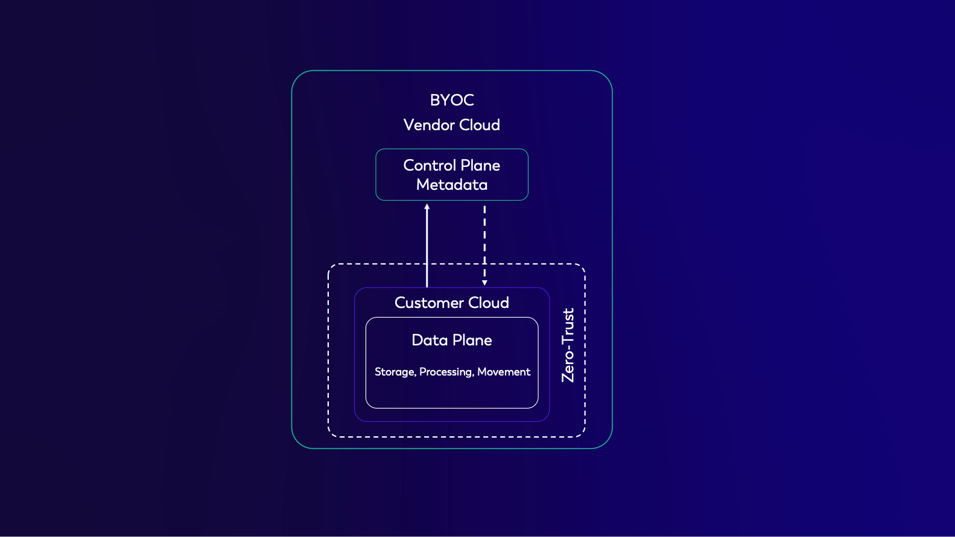
Figure 2: Ververica's BYOC control and data plane architecture
Leverage Existing CAPEX and OPEX
The beauty of a BYOC deployment lies in its cloud-native design, allowing it to work seamlessly with your existing infrastructure. This means that if you are already using cloud-native tools or resources, BYOC integrates smoothly, preserving prior investments and infrastructure.
In reality, businesses often have existing strategic partnerships with cloud providers (see Figure 3) including annual pricing plans and service commitments. They have likely already built a cloud-native infrastructure to run containerized applications orchestrated by Kubernetes, the de facto portability standard for running cloud-native apps. It’s also probable that specific compute instances, storage types, databases, and other resources are already in place and being utilized.
In many cases, these decisions are shaped by architectural constraints, especially during the lift-and-shift phase of a cloud-native journey, and based on required storage characteristics or the need for larger virtual machines to handle bigger workloads. For fully cloud-native architectures, the focus is often how to optimize OPEX, minimize footprint, increase density, and manage networking costs efficiently.
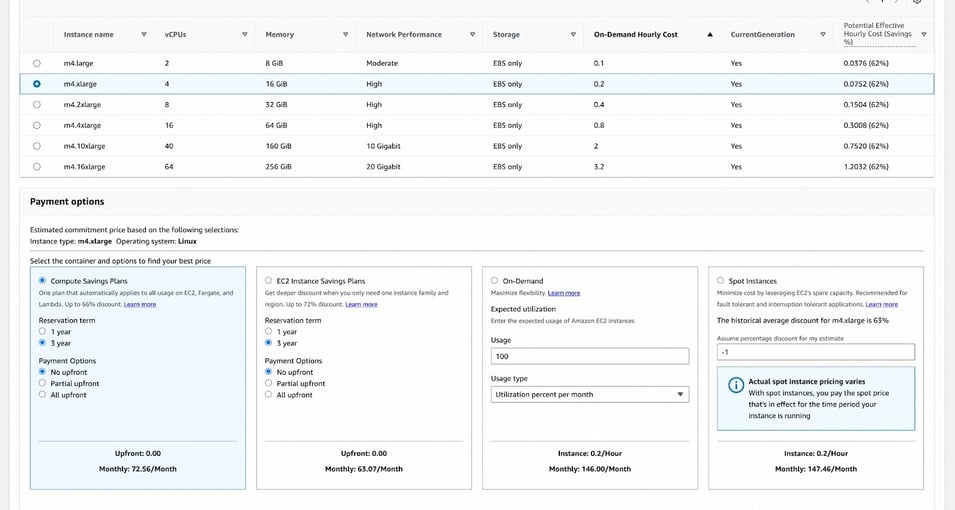
Figure 3: Choose from any Virtual Machine (VM) instance type and savings plan that aligns with your current business investments. (Sample of AWS options shown here.)
To allow for this flexibility, Ververica’s BYOC data plane software seamlessly integrates and runs in any type of compute, storage, and networking infrastructure underneath a Kubernetes and container runtime cluster.
In addition, you can create or decommission development and testing environments on-demand per team or per task, or share and continuously run them across teams. For on-demand environments, organizations can choose to decommission them during off-peak hours, and in the case of shared environments, workloads can be shut down when not in use to optimize costs. Ververica’s BYOC deployment supports both use cases, where rapid provisioning and de-provisioning of streaming workspaces is common for efficient development and testing.
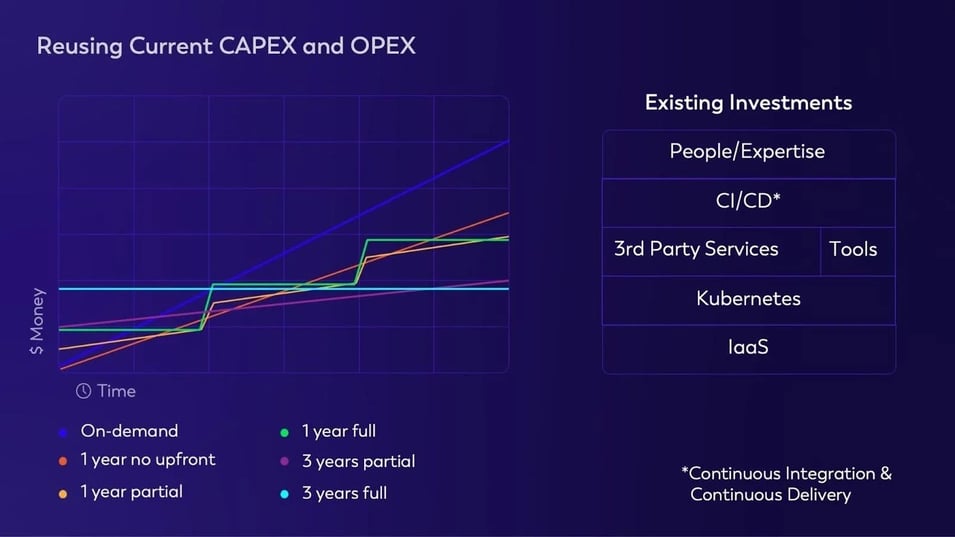
Figure 4: BYOC allows utilization of existing investments, improving CAPEX and OPEX.
With Ververica’s Unified Streaming Data Platform BYOC deployment option, you can use:
- Existing Discounts: Keep any pricing agreements with your current cloud providers, applying them to Ververica’s Managed Service while maintaining in-house data control.
- Existing Investments: Reuse existing infrastructure, Kubernetes clusters, third-party services, and other ecosystem tools, avoiding costly new setups or integrations.
Pay-As-You-Go and Network Bandwidth Costs
You are probably familiar with Pay-as-you-go usage models that provide flexibility and cost efficiency for cloud offerings.
A key advantage of Ververica’s BYOC is its hourly prorated billing and unified payment system, which allows centralized cost tracking and real-time OPEX optimization across all BYOC workspaces. Businesses often overlook the significance of this level of cost control.
One of the biggest OPEX challenges in stream processing is the cost of both public and private cross-account network bandwidth. Ververica eliminates these costs by keeping stream processing and data movement within the customer’s own cloud and network domain, avoiding any cross-cloud account public or private link costs. This not only avoids expensive cross-account traffic fees, but also reduces operational complexity and maintenance costs associated with cross-account network peering and routing.
By running stream processing inside your network, Ververica ensures cost efficiency, performance optimization, and simplified operations. In short with Ververica, you can:
- Pay-As-You-Go (PAYG): BYOC offers a flexible, usage-based model, so you pay only for the resources and services you actually use.
- Eliminate Network Bandwidth and Operational Costs: By bringing stream processing close to where the data resides, BYOC minimizes or removes inter-cloud connectivity charges.
BYOC: Cloud-Native and Lightweight
Kubernetes orchestration with container runtime has become the standard for cloud-native workload portability. Co-locating workloads within existing infrastructure enhances efficiency by reducing overhead and optimizing resource utilization. Ververica’s BYOC deployment follows this principle by ensuring its data plane microservices are lightweight, independent, and resilient. Additionally, you can co-locate multiple BYOC workspaces within the same compute and network infrastructure, enabling multi-tenant efficiency across different business units or teams within an organization. This approach allows Ververica to seamlessly integrate with existing workloads, maximizing Kubernetes cluster investments, and leveraging Kubernetes’ scheduling to achieve high compute density by running multiple workspaces (tenants) within the same compute capacity domain.
As shown in Figure 5, Ververica’s cloud-native data plane microservices can integrate with your existing compute, network, and storage infrastructures, as well as Kubernetes clusters to seamlessly co-locate with other workloads.
.jpeg?width=955&height=537&name=Integrate%20with%20K8s%20and%20Infrastructure-as-a-Service%20(IaaS).jpeg)
Figure 5: Integrate with K8s and Infrastructure-as-a-Service (IaaS)
In summary, Ververica’s BYOC offers:
- Seamless Co-location with Existing Workloads: BYOC integrates smoothly with current Kubernetes clusters, maximizing existing infrastructure utilizations and investments.
- Kubernetes-Native Portability: BYOC works out of the box for organizations managing containers with Kubernetes, ensuring easy deployment and flexibility.
- Intra-Organizational Multi-Tenancy for Streaming Data: BYOC Enables co-location of multiple Ververica workspaces within your data plane, allowing different business units to run completely separate streaming environments and data pipelines efficiently.
Maximizing Efficiency with Ververica's BYOC Deployment
In conclusion, Ververica’s BYOC deployment helps businesses to optimize OPEX and CAPEX when building data streaming and processing projects, providing a more efficient data streaming and processing deployment. This deployment optimizes efficiency at every level, offering advantages including:
- Freedom from Vendor Lock-In: Deploy in any region or cloud provider of your choice.
- Cost Optimization: Reuse existing cloud discounts across any compute instance types.
- Cloud-Native Alignment: Seamlessly integrate with containerized, Kubernetes-based infrastructures.
- Reduced Data Movement Costs: Minimize expensive cross-account and cross-region network traffic.
- High-Density Scheduling: Optimize resource utilization with efficient BYOC data plane microservices.
- Multi-Tenancy for Efficiency: Co-locate pipelines from different business units to maximize compute productivity.
Organizations know their cloud environments and infrastructure best, and Ververica’s Unified Streaming Data Platform BYOC deployment provides a highly flexible solution that allows businesses to pull the most appropriate cost-saving levers based on their unique operational needs.
Additional Resources
Catch up on the entire BYOC Blog Series:
- Read Blog One: Introducing Ververica's Bring Your Own Cloud (BYOC) Deployment Offering" Blog
- Read Blog Two: "Your Cloud: Your Rules Ververica’s Bring Your Own Cloud Deployment: Introducing “The Dilemma"
- Read Blog Three, Part One: "Zero Trust Strategy with Ververica's Bring Your Own Cloud Deployment, Part One"
- Read Blog Three, Part Two: "Zero Trust Strategy with Ververica's Bring Your Own Cloud Deployment, Part Two"
- Unlock Ververica's Unified Streaming Data Platform, powered by the VERA engine. Ready to get started? Contact us.
- Want to learn more about Ververica’s Bring Your Own Cloud deployment? Log into Ververica Academy to watch Ben Gamble and Igor Kersic onstage at Flink Forward Berlin 2024.

You may also like

Meet the Flink Forward Program Committee: A Q&A with Lorenzo Affetti
Meet Lorenzo Affetti, a Program Committee member for Flink Forward 2025, ...

Outrun Fraudsters with Agentic AI and Ververica
Enhance fraud detection with agentic AI and Ververica's real-time stream ...
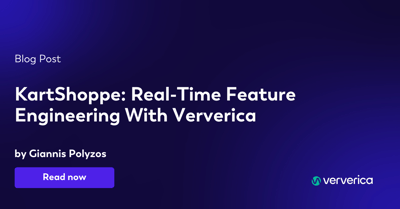
KartShoppe: Real-Time Feature Engineering With Ververica
Discover how KartShoppe leverages Ververica’s real-time feature engineeri...















